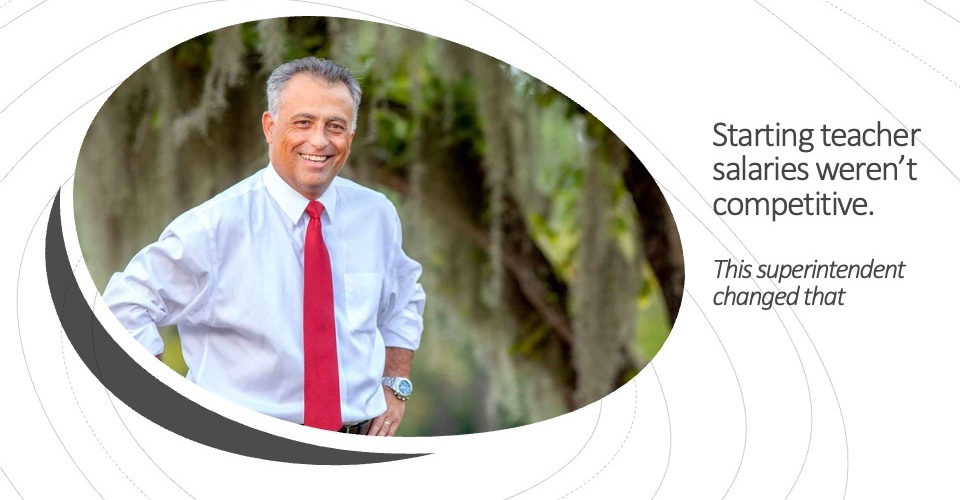The role of principals in student success is immense but some educators may not quite comprehend the full breadth of a building leader’s influence on achievement.
For one, the principal’s impact on learning growth is “significantly larger in scope” than that of teachers, say the authors of “Redefining the Role of the Principal: Innovative Approaches to Empower School Leaders,” a new report from the Aspen Institute that looks at the new ways principals are being empowered by their districts.
That impact is magnified when principals create strong learning climates that promote high expectations for students and teachers, continuous analysis of student data, and a culture of accountability, the researchers assert. While the principal workforce is more diverse than it was 30 years ago—and is now majority female—it still does not reflect the racial-ethnic diversity of the student population.
Moreover, a staggering 85% of principals reported high levels of stress compared to just a little more than a third of the general workforce that said the same. Finally, principal turnover leads to teacher turnover, which can also depress student achievement. “While teachers are facing formidable challenges right now, districts cannot afford to lose sight of school leaders,” the researchers counseled in the report.
Against this backdrop, states and districts are taking steps to redefine and empower principals.
Redefining the role of principals
The Aspen Institute’s researchers detailed what four districts and one state are doing to help principals improve their craft and focus on instructional leadership. The report also notes “why principals love” each of the initiatives:
1. More capacity to focus on strategic priorities, District of Columbia Public Schools: A newly created, school-level leadership position—the director of strategy and logistics—oversees administrative tasks such as operations, enrollment, facilities, security, food and nutrition, and inventory. This frees principals up to work on academics, culture and climate.
“Prior to the creation of this position, principals in DCPS reported spending nearly half of their time on building management, and teachers reported a lack of administrative support as a primary reason for departure,” Aspen’s researchers wrote.
Why principals love it: They have more time to focus on instructional leadership and other strategic priorities.
2. Responsive PD for principals, Cleveland Metropolitan School District: Professional development now zeroes in on areas where principals have the most impact. PD has shifted from procedural updates and compliance to teaching, learning, and leadership. Also, the district’s PD provider regularly collects feedback from principals and assistant principals on content and scheduling.
More from DA: Several superintendents step down after short stays in their district
Why principals love it: Principals’ feedback helped create “rigorous and relevant learning opportunities.” Principals are now confident student achievement is also a priority for district leadership.
3. Support from content specialists, Tulsa Public Schools: Teams of content specialists now provide principals and principal supervisors with additional expertise. Principals also have access to a “School Partner Team” of central office administrators and, early in their careers, leadership development coaches. School Partner Teams analyze school-level data, determine strategic shifts and offer PD to improve outcomes.
Why principals love it: School Partner Teams’ serve as thought partners and content experts to expand principals’ capacity. Content leaders synthesize data to help principals make informed decisions.
4. Differentiated professional learning for principals, Long Beach Unified School District: Differentiated professional development covers “competencies and leadership dispositions that effective principals should demonstrate and the subsequent support principals need to achieve those competencies.”
Why principals love it: Principals receive support from coaches or principal supervisors who are former principals.
5. Evaluating readiness through authentic tasks, Massachusetts Department of Elementary and Secondary Education: The “Performance Assessment for Leaders” measures school leadership candidates’ skills in evaluating teacher effectiveness, analyzing data, and creating a professional learning community.
Why principals love it: The assessment prepares principals by emphasizing technical and adaptive skills.









